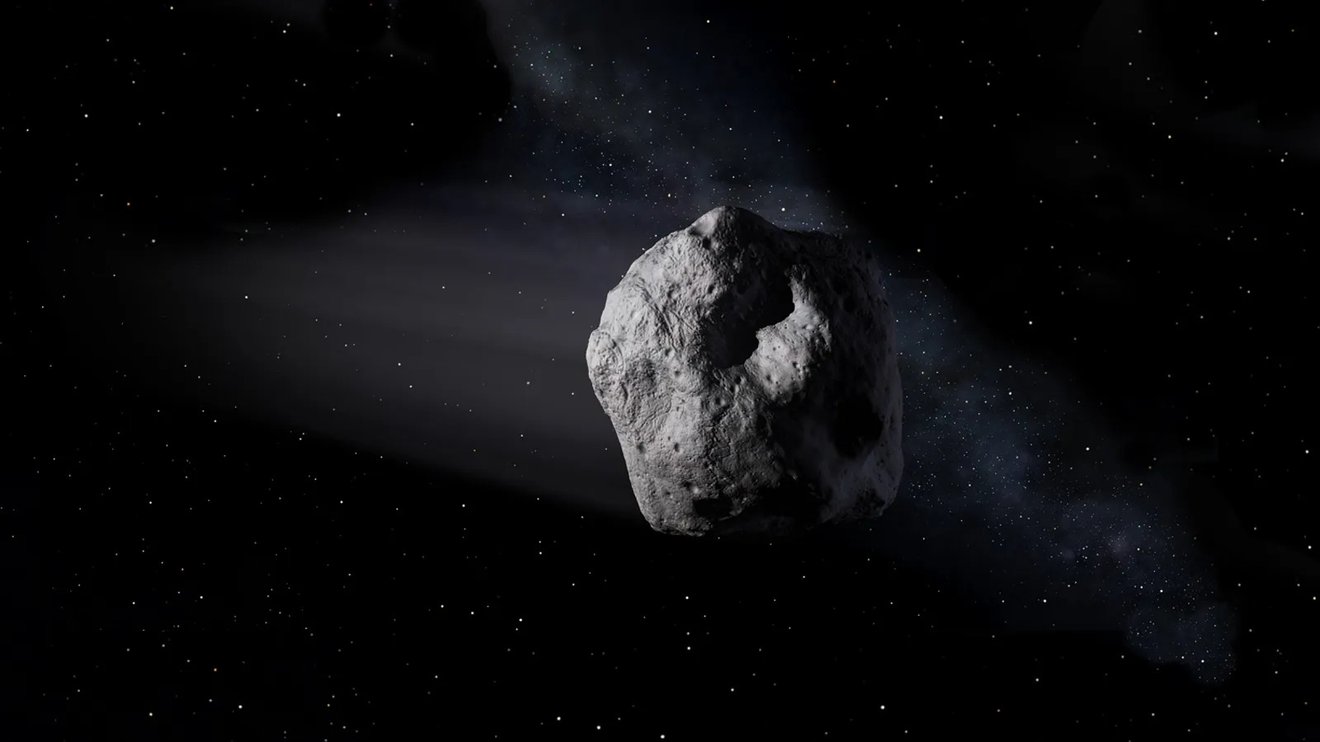The Netflix movie Don’t Look Up received plenty of accolades for its scarily realistic portrayal of a professor from Michigan State University attempting to warn the world about a civilization-ending asteroid impact. In reality, there are plenty of organizations in the US government and beyond whose job it is to find and avoid those impacts. And the best way to train them to do those jobs is to run scenarios and try to determine what actions would need to be taken. That was the idea behind the fifth Planetary Defense Interagency Tabletop Exercise, held at John Hopkins University Applied Physics Laboratory in April. NASA recently released a preliminary report on the results of the exercise, with a fully detailed one to come in August.
This is the fifth in a series of exercises that have been ongoing for the last eleven years. Each exercise focuses on a different scenario of a possible strike to determine what actions would need to be taken immediately or over a more extended period.
International collaborators contributed to the discussion for the first time in one of these exercises. Over 100 people participated, including representatives of the UN, UK, ESA, and JAXA. Notably absent were two other space powers—Russia and China—who would obviously impact any decision-making in a realistic scenario of an asteroid impact.
In this case, the scenario some participants developed didn’t directly impact China or Russia. However, both could have been affected by a tidal wave if the target asteroid had landed in the Pacific Ocean. The scenario called for an asteroid a few hundred meters across that had a 72% chance of impacting the Earth in about 14 years.
The projected path that the asteroid carved across the Earth went from the Pacific across northern Mexico and the southern US, passing directly over Dallas and Washington DC before crossing over the Atlantic Ocean, passing over Portugal, Spain (including Madrid), and northern Africa. It was probably not lost on participants that this scenario could directly affect the town they were sitting in.
Calculations showed that there was a 45% chance the impact wouldn’t affect anybody, a relatively high chance it would impact between 1,000 and 100,000 people, and a .04% chance it would impact more than 10 million people—for example, if it scored a direct hit on the Dallas metropolitan area. That uncertainty and the extended timeline gave the planetary defense officials the most significant trouble for this exercise.
As in Don’t Look Up, political considerations played the forefront in the participant’s minds. Many repeated the sentiment of one anonymous participant reported in the preliminary report: “I know what I would prefer [to do], but Congress will tell us to wait.” The uncertainty about impact, and especially about whether it would affect anyone at all, was a significant consideration. In the scenario, the asteroid passed behind the Sun, so additional observations to clarify those estimates weren’t possible for another seven months.
The availability of resources was again a primary consideration, both to track the potential impactor closely enough and to design and execute a mission to potentially deflect it. Participants didn’t believe there would be enough resources for either task and stated that it was one of their main concerns in the future.
They also agreed that the tabletop exercise was a massive success, with it allowing decision-makers who would be involved in an actual process of determining what to do with a potential real asteroid strike to think through the steps they would have to take and what the likely political and public responses would be. Plans for additional exercises are already in the works, and the final report of the session is due to be released on August 5th, with specific assignable action items to come as part of it. While any expected asteroid impact isn’t foreseen in the coming decades, these sorts of exercises will continue to hone what is arguably one of the most valuable skills of any space agency – how to protect ourselves from one of our biggest threats.
Learn More:
NASA – Quick-Look Report – Planetary Defense Interagency Tabletop Exercise 5
NASA – NASA Asteroid Experts Create Hypothetical Impact Scenario for Exercise
UT – Another Asteroid Discovered Hours Before it Impacts the Earth
UT – If You’re Trying to Prevent an Asteroid Impact, the Technical and Political Challenges are Staggering
Lead Image:
This artist’s concept depicts an asteroid drifting through space. Many such objects frequency pass Earth. To help prepare for the discovery of one with a chance of impacting our planet, NASA leads regular exercises to figure out how the international community could respond to such a threat.
Credit – NASA / JPL-Caltech

